Arne Jacobsen: The Father of Danish Functionalism
During his 50-year career, Jacobsen pioneered minimalist Danish design through his buildings and iconic furniture, including the Ant and Egg chairs.
This is an updated version of an article first published on February 18, 2019
The architect and designer Arne Jacobsen created a modern design language that combined both aesthetic ideals with functional attributes. As a representative of European functionalism, he is one of the great front figures of 20th-century design, along with Le Corbusier as well as Ray and Charles Eames. Today, his legacy is immortalized in his iconic furniture and buildings worldwide.
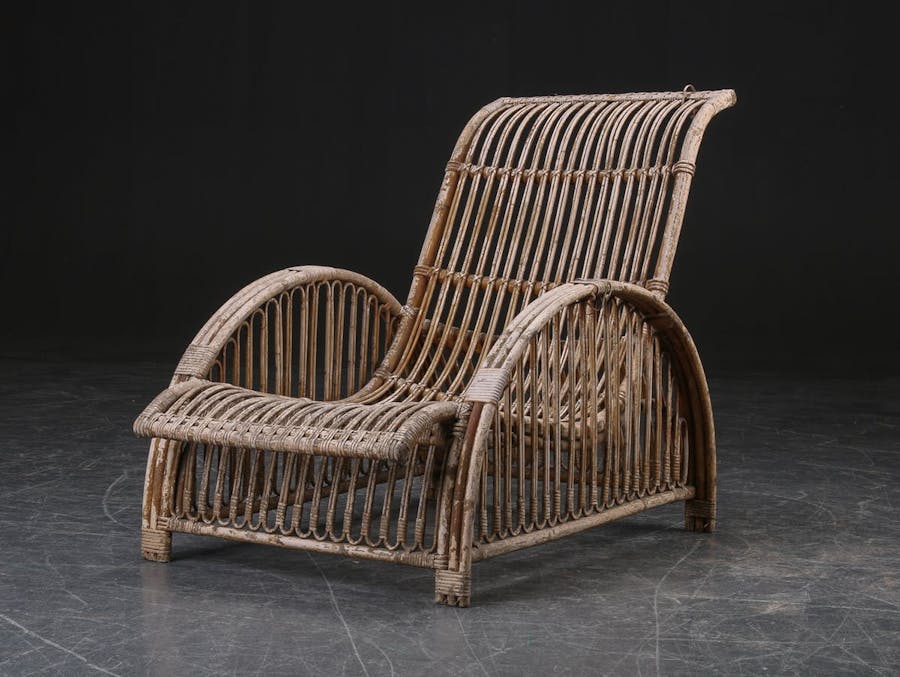
Functionalism in Europe in the early 1900s was inspired by French classicism, the German style Biedermeier as well as the English Arts & Crafts tradition. It advocated, in line with these styles, simplicity and an added emphasis to function. At the 1925 Paris Exhibition, Le Corbusier condemned fussy décor, baroque fantasies. Here, Jacobsen was present and awarded a prize for a basket chair with extremely clean shapes – in line with the thoughts of Walter Gropius, father of the Bauhaus.
In 1929 Jacobsen won another competition, this time with Flemming Lassen with 'The House of the Future'. The innovative project consisted of a futuristic spiral-shaped rotary housing. The modern presentation with décor and furniture in glass and steel pipes received a lot of media attention. Unfortunately, the model house was demolished after the Architectural Association's exhibition at Forum in Copenhagen.
Related: Josef Frank: The Definition of Modern Swedish Design
Three years after graduating, Arne Jacobsen opened his own architect's office in Hellerup, Denmark, where he worked until his death in 1971.
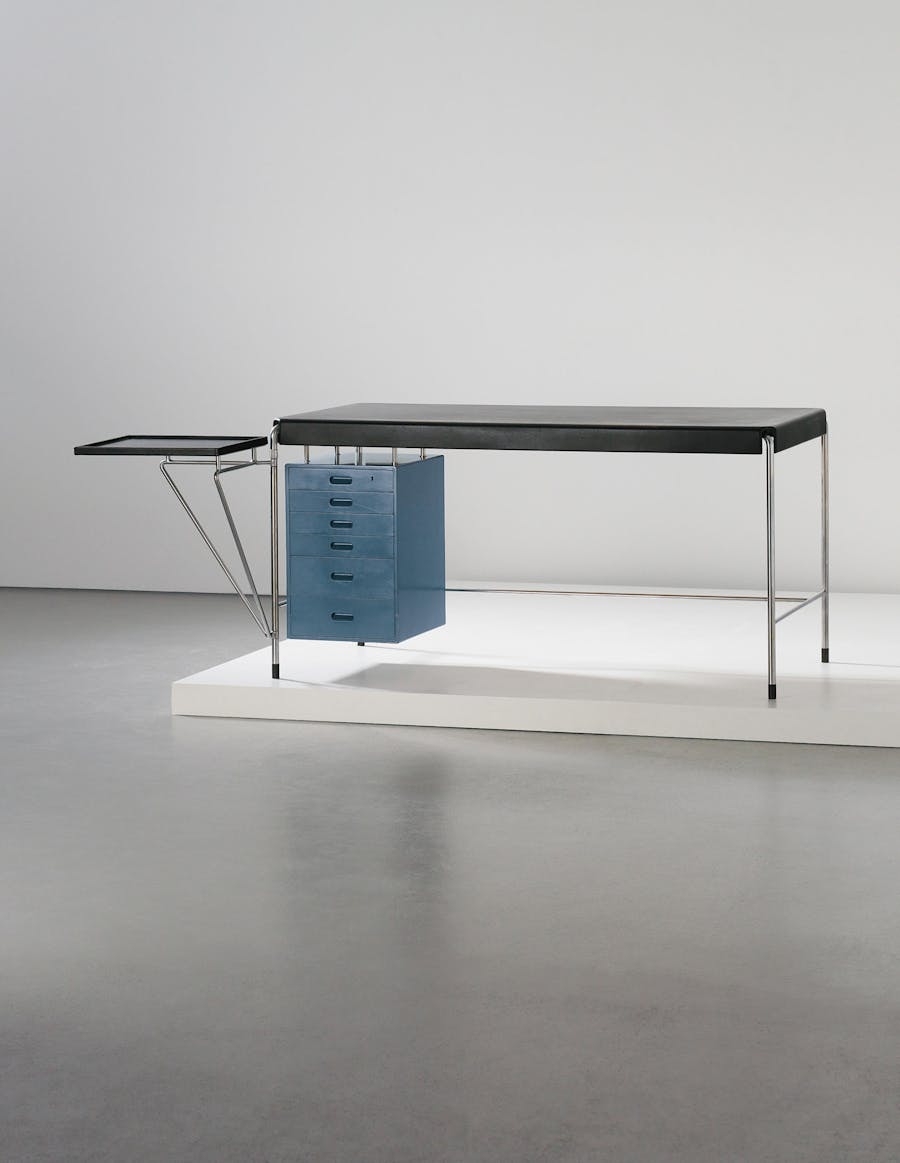
The first major project Jacobsen carried out was Klampenborg's tourist complex in 1934, along with the Theater Bellevue, the view tower along the boardwalk and the Bellavista housing estate. In 1937 the theatre was finished with an open roof and the entire building was of white plastered cement, glass and steel. However, not everyone love modernity and Jacobsen received great protests from the public.
Related: The 10 Most Popular Furniture Designers
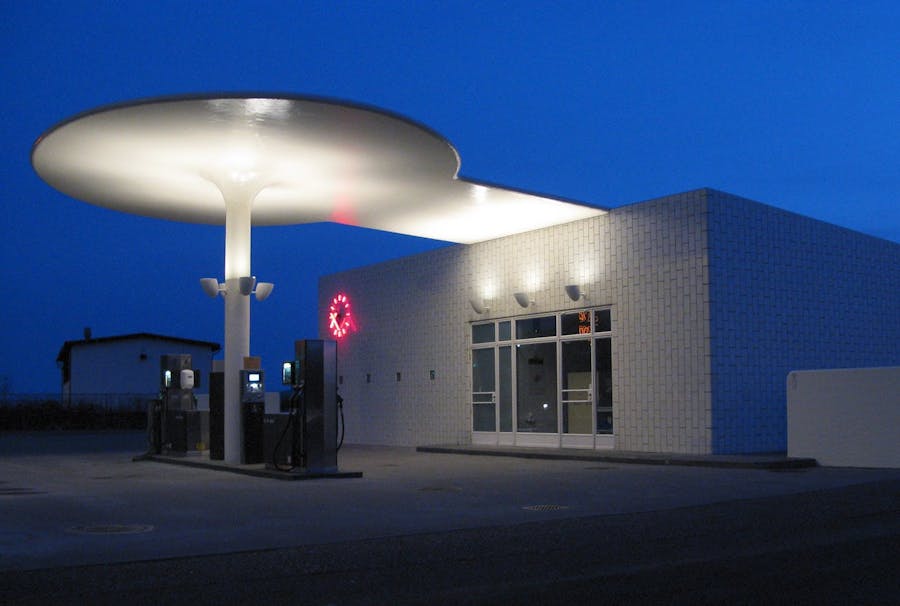
In 1936 Jacobsen won the Eckersberg Medal and was commissioned to build a large petrol station on the coastal road in Klampenborg. It was equipped with a large circular protruding roof that gave the building a futuristic look.
From the 1930s Jacobsen worked with Fritz Hansen and Louis Poulsen to produce furniture. He continued house-drawing with Stellings Hus (1937) and Aarhus City Hall (1941), the latter in functionalist architecture and with ultra-modern interpretation of Old Norse faith. Of course, often furniture was also made for the houses he erected – in Aarhus, among others, he had the help of a young Hans J Wegner. And with such good assistance Jacobsen had time to create a style of font for the building. Today this typography can be found on many products, such as mugs, towels, plates and even jewelry.
Related: Gio Ponti: A Founding Architect
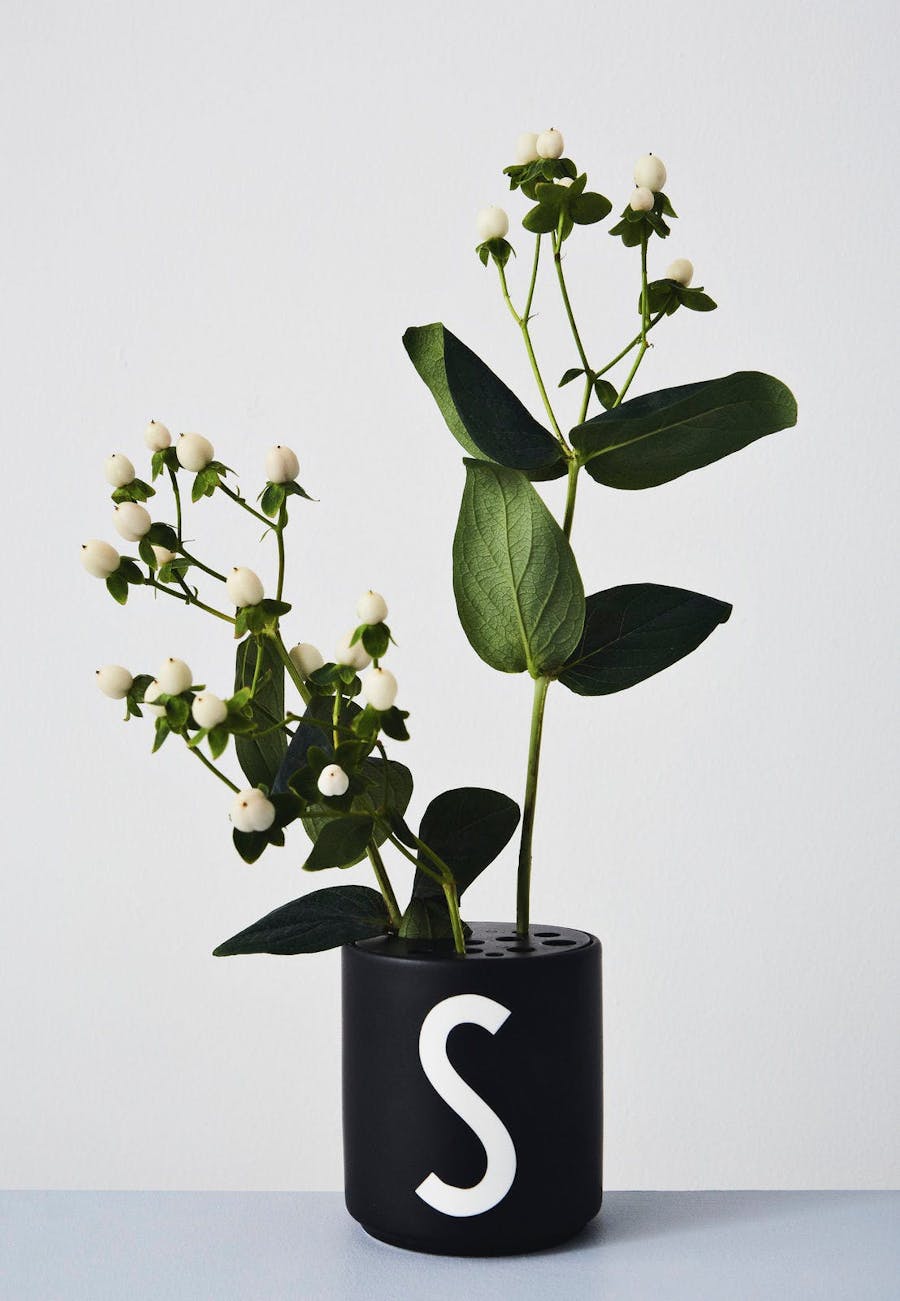
After the end of the Second World War Jacobsen designed a residential area in Allehusene (1952) and an extension of the Nordre Fasanvej factory (1954). In 1952 he created one of his absolute best known designs, the chair 'Myran'. With a moulded back-piece, four steel legs and as light, stackable and easy to handle, It became a success all over the world and remains a popular search among users of Barnebys.
In this same year, Jacobsen designed a residential complex in Søholm where he himself moved. Other modernist buildings followed, such as Rødovre City Hall (1956) and the bunker building Munkegårdsskolen (1957).

In 1960, the architect designed one of his most recognized works: SAS Royal Hotel in Copenhagen (now Radisson SAS Royal Hotel). It was then the first hotel designed by a 'designer', even though Jacobsen himself opposed the term. He was not only responsible for the architecture, but designed all of the interiors and furniture for the building, including the 'Egg' and 'Swan' chairs.
Related: 6 Giants of Mid-Century Modern Design
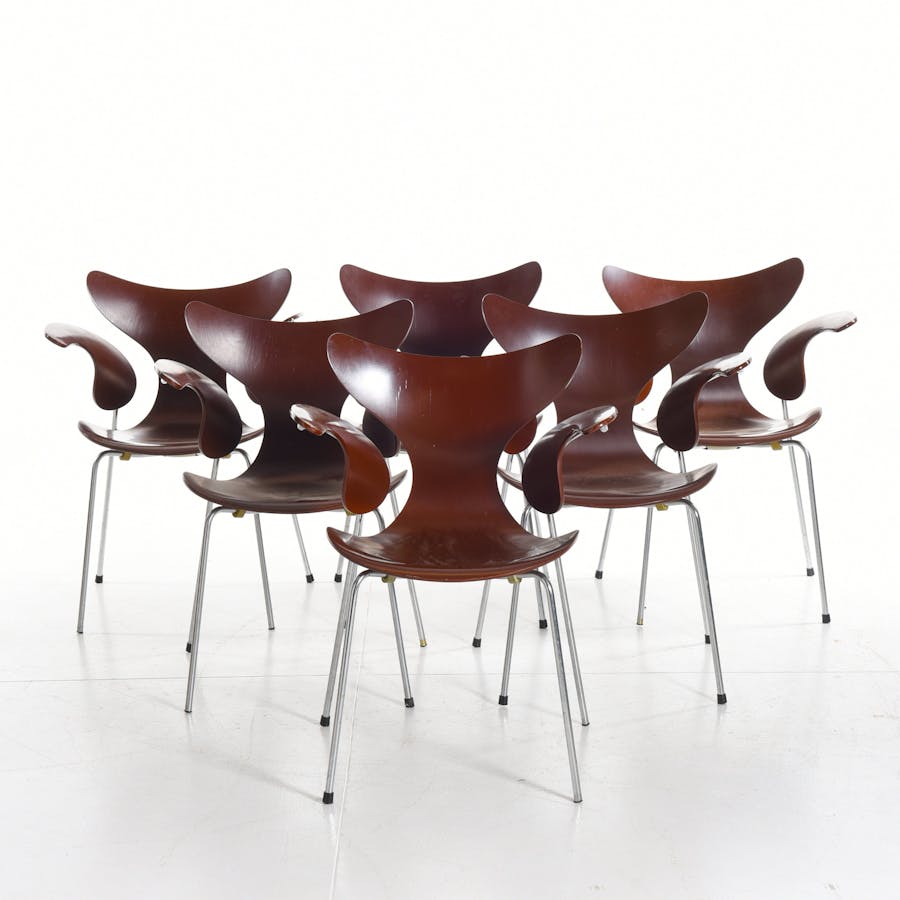
By this time Jacobsen was known throughout the world and had received, among other accolades, Prince Eugene's medal in 1962. He had also designed several houses abroad, including St Catherine's College, Oxford, England in 1966. In 1965 the construction of the Jacobsen's National Bank began, with gigantic glass and marble walls. It was only completed in 1978, seven years after the designer passed away.
Related: Alvar Aalto: A Finnish Hero
Jacobsen's work helped define functionalism during the 20th century and together with Kaare Klint and Hans Wegner, Jacobsen is considered to have played one of the main roles in establishing the now world-famous term 'Danish modern'.


